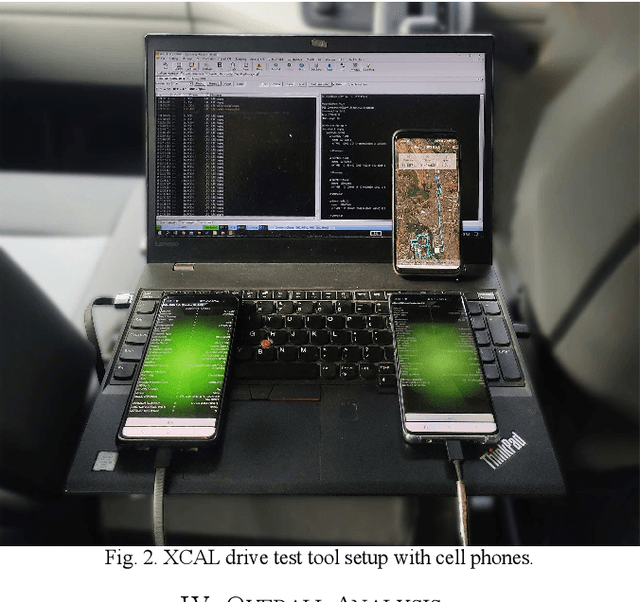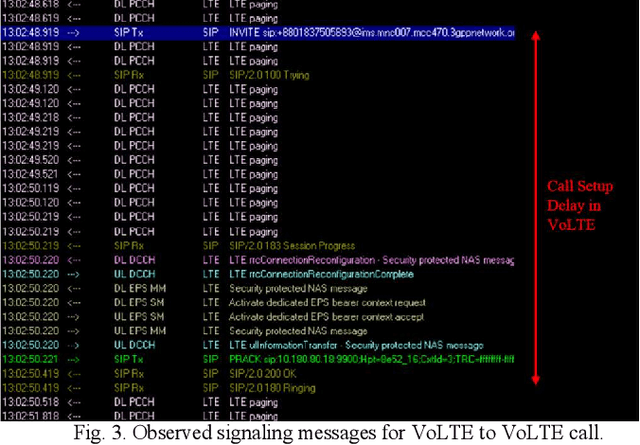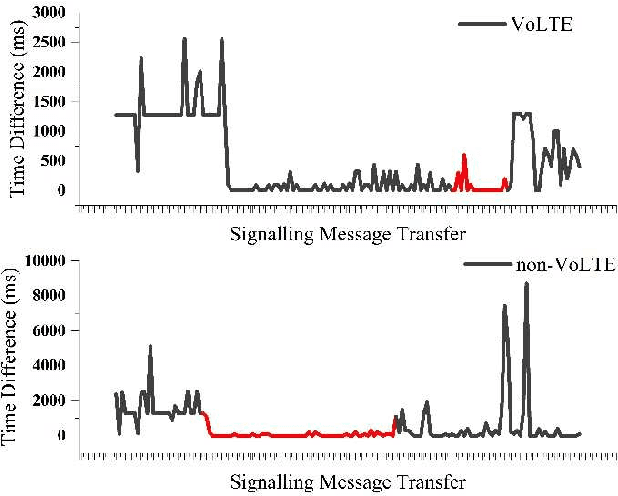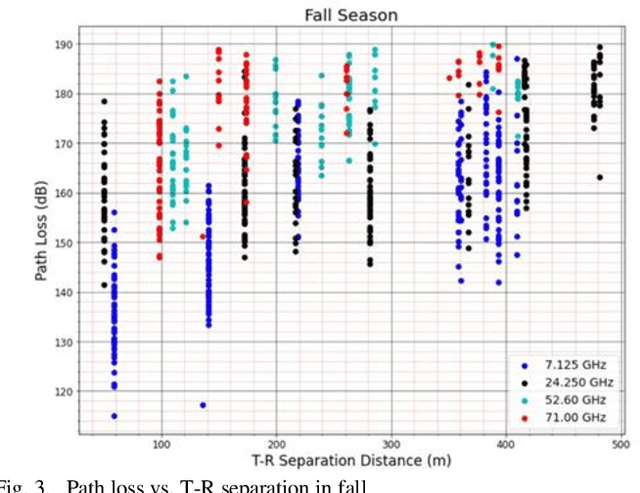Rashed Hasan Ratul
Adaptive Three Layer Hybrid Reconfigurable Intelligent Surface for 6G Wireless Communication: Trade-offs and Performance
Sep 25, 2023



Abstract:A potential candidate technology for the development of future 6G networks has been recognized as Reconfigurable Intelligent Surface (RIS). However, due to the variation in radio link quality, traditional passive RISs only accomplish a minimal signal gain in situations with strong direct links between user equipment (UE) and base station (BS). In order to get over this fundamental restriction of smaller gain, the idea of active RISs might be a suitable solution. In contrast to current passive RIS, which simply reflects and directs signals without any additional amplification, active RISs have the ability to enhance reflected signals by the incorporation of amplifiers inside its elements. However, with additional amplifiers, apart from the relatively complex attributes of RIS-assisted arrangements, the additional energy consumption of such technologies is often disregarded. So, there might be a tradeoff between the additional energy consumption for the RIS technologies and the overall gain acquired by deploying this potential advancement. The objective of this work is to provide a primary idea of a three-layer hybrid RIS-assisted configuration that is responsive to both active and passive RIS, as well as an additional dormant or inactive state. The single RIS structure should be capable of adjusting its overall configuration in response to fluctuations in transmit power and radio link quality. Furthermore, our fabricated passive RIS-assisted structure verifies a portion of the proposed idea, with simulations highlighting its advantages over standalone passive or active RIS-assisted technologies.
Investigation on Machine Learning Based Approaches for Estimating the Critical Temperature of Superconductors
Aug 02, 2023



Abstract:Superconductors have been among the most fascinating substances, as the fundamental concept of superconductivity as well as the correlation of critical temperature and superconductive materials have been the focus of extensive investigation since their discovery. However, superconductors at normal temperatures have yet to be identified. Additionally, there are still many unknown factors and gaps of understanding regarding this unique phenomenon, particularly the connection between superconductivity and the fundamental criteria to estimate the critical temperature. To bridge the gap, numerous machine learning techniques have been established to estimate critical temperatures as it is extremely challenging to determine. Furthermore, the need for a sophisticated and feasible method for determining the temperature range that goes beyond the scope of the standard empirical formula appears to be strongly emphasized by various machine-learning approaches. This paper uses a stacking machine learning approach to train itself on the complex characteristics of superconductive materials in order to accurately predict critical temperatures. In comparison to other previous accessible research investigations, this model demonstrated a promising performance with an RMSE of 9.68 and an R2 score of 0.922. The findings presented here could be a viable technique to shed new insight on the efficient implementation of the stacking ensemble method with hyperparameter optimization (HPO).
Performance Comparison Between VoLTE and non-VoLTE Voice Calls During Mobility in Commercial Deployment: A Drive Test-Based Analysis
Jul 23, 2023



Abstract:The optimization of network performance is vital for the delivery of services using standard cellular technologies for mobile communications. Call setup delay and User Equipment (UE) battery savings significantly influence network performance. Improving these factors is vital for ensuring optimal service delivery. In comparison to traditional circuit-switched voice calls, VoLTE (Voice over LTE) technology offers faster call setup durations and better battery-saving performance. To validate these claims, a drive test was carried out using the XCAL drive test tool to collect real-time network parameter details in VoLTE and non-VoLTE voice calls. The findings highlight the analysis of real-time network characteristics, such as the call setup delay calculation, battery-saving performance, and DRX mechanism. The study contributes to the understanding of network optimization strategies and provides insights for enhancing the quality of service (QoS) in mobile communication networks. Examining VoLTE and non-VoLTE operations, this research highlights the substantial energy savings obtained by VoLTE. Specifically, VoLTE saves approximately 60.76% of energy before the Service Request and approximately 38.97% of energy after the Service Request. Moreover, VoLTE to VoLTE calls have a 72.6% faster call setup delay than non-VoLTE-based LTE to LTE calls, because of fewer signaling messages required. Furthermore, as compared to non-VoLTE to non-VoLTE calls, VoLTE to non-VoLTE calls offer an 18.6% faster call setup delay. These results showcase the performance advantages of VoLTE and reinforce its potential for offering better services in wireless communication networks.
Optoacoustic Signal-Based Underwater Node Localization Technique: Overcoming GPS Limitations without AUV Requirements
Jun 10, 2023



Abstract:Underwater sensor networks are anticipated to facilitate numerous commercial and military applications. Moreover, precise self-localization in practical underwater scenario is a crucial challenge in sensor networks because of the complexity of deploying sensor points in specific locations. The Global Positioning System (GPS) is inappropriate for underwater localization because saline water may severely attenuate signal, limiting penetration capacity to barely a few meters. Hence, the most promising alternative to wireless radio wave transmissions for underwater networks is regarded as acoustic communication. In order to establish an underwater localization model, traditional techniques that essentially include surface gateways or intermediate anchor nodes create logistical challenges and security hazards when the surface access points are deployed. This paper proposes a unique localization method that employs optoacoustic signals to remotely localize underwater wireless sensor networks in order to address these concerns. In our model, the GPS signals are transmitted from the air to the underwater node through a mobile beacon that employs optoacoustic techniques to generate a short-term isotropic acoustic signal source. Underwater nodes with omnidirectional receivers can detect their location in random and realistic environments by comparing signal levels from two equivalent plasmas, also referred as acoustic source nodes. Finally, the software simulation results in comparison to the proposed theoretical model highlight the feasibility of our approach. In comparison to complicated traditional node localization approach, our simplified approach is anticipated to achieve better accuracy with only a single off-water controlled node, while avoiding the additional requirement for surface anchor nodes.
Atmospheric Influence on the Path Loss at High Frequencies for Deployment of 5G Cellular Communication Networks
Jun 02, 2023



Abstract:Over the past few decades, the development of cellular communication technology has spanned several generations in order to add sophisticated features in the updated versions. Moreover, different high-frequency bands are considered for advanced cellular generations. The presence of updated generations like 4G and 5G is driven by the rising demand for a greater data rate and a better experience for end users. However, because 5G-NR operates at a high frequency and has significant propagation, atmospheric fluctuations like temperature, humidity, and rain rate might result in poorer signal reception, and higher path loss effects unlike the prior generation, which employed frequencies below 6 GHz. This paper makes an attempt to provide a comparative analysis about the influence of different relative atmospheric conditions on 5G cellular communication for various operating frequencies in any urban microcell (UMi) environment maintaining the real outdoor propagation conditions. In addition, the simulation dataset based on environmental factors has been validated by the prediction of path loss using multiple regression techniques. Consequently, this study also aims to address the performance analysis of regression techniques for stable estimations of path loss at high frequencies for different atmospheric conditions for 5G mobile generations due to various possible radio link quality issues and fluctuations in different seasons in South Asia. Furthermore, in comparison to contemporary studies, the Machine Learning models have outperformed in predicting the path loss for the four seasons in South Asian regions.
 Add to Chrome
Add to Chrome Add to Firefox
Add to Firefox Add to Edge
Add to Edge